Part of SHAPE Allegiance United Kingdom | Founded 1992 | |
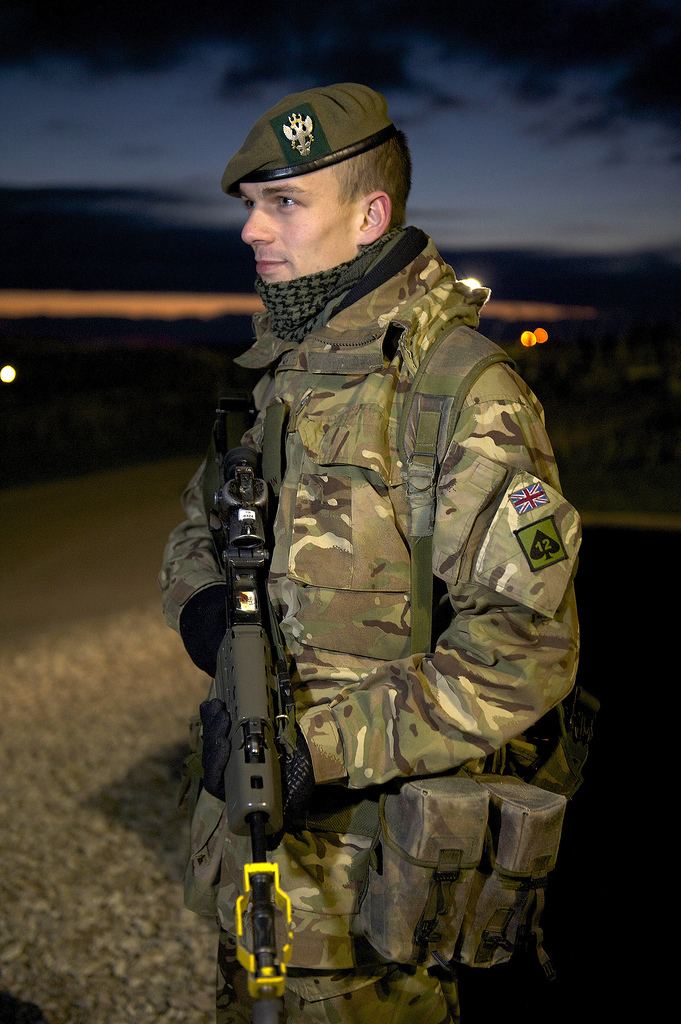 | ||
Active 2 October 1992 - Present Country United Kingdomand 16 other nations Branch British Armyand 16 others Motto Audentis fortuna iuvat; Fortune favours the brave Similar NATO Response Force, Supreme Headquarters Allied Po, Allied Joint Force Comman, Allied Joint Force Comman, Allied Command Transformation | ||
Becoming the nato response force in 2017 allied rapid reaction corps
The Allied Rapid Reaction Corps, (ARRC) is a North Atlantic Treaty Organisation High Readiness Force (Land) Headquarters ready for deployment worldwide within five to thirty days.
Contents
- Becoming the nato response force in 2017 allied rapid reaction corps
- Noble ledger 2
- History
- Structure
- Recent Commanders
- References
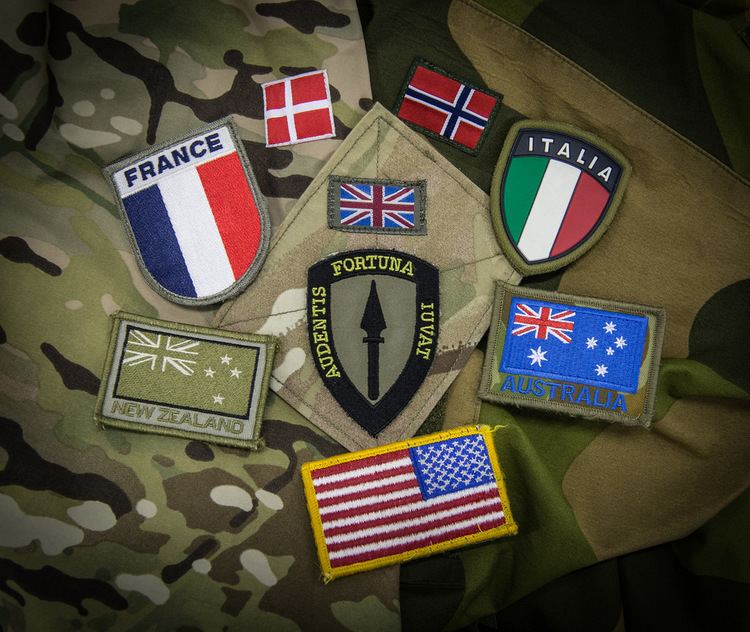
Noble ledger 2
History
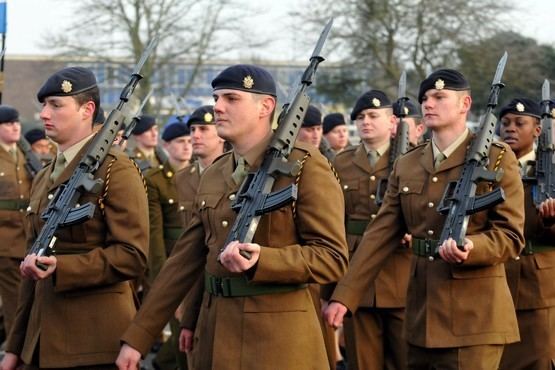
The ARRC was created on 2 October 1992 in Bielefeld based on the former British I Corps (or I (BR) Corps). It was originally created as the rapid reaction corps sized land force of the Reaction Forces Concept that emerged after the end of the Cold War, with a mission to redeploy and reinforce within Allied Command Europe (ACE) and to conduct Petersberg missions out of NATO territory. The first commander, appointed in 1992 was General Sir Jeremy Mackenzie.
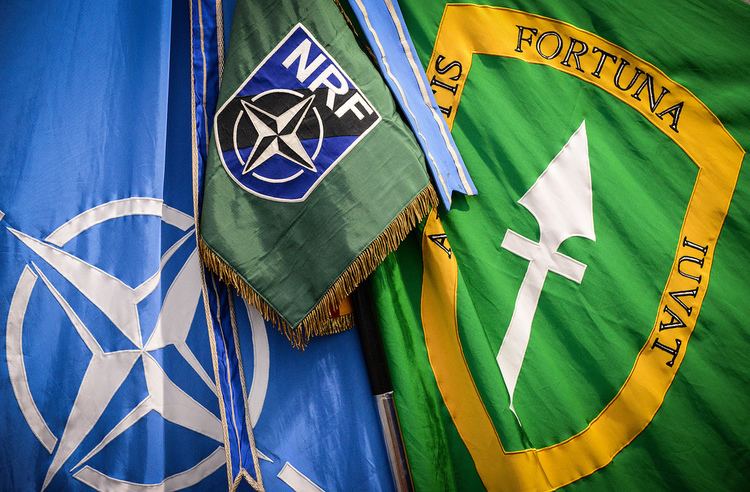
From 1994 the ARRC was based in the Rheindahlen Military Complex, Germany. It commanded the Land Forces of NATO's first ever deployment as part of the IFOR operation in Bosnia in 1995/6 and was again deployed as the headquarters commanding Land Forces during the Kosovo War in 1999.
Since 2002 however the HQ has been re-roled (with five other corps HQs of other NATO nations) as a High Readiness Force (Land) HQ (HRF(L)) with a broader mission. The formation HQ is under Operational Command of Supreme Allied Commander, Europe (SACEUR). The ARRC has a national Force Pool of Combat, Combat Support and Combat Service Support units with which to train and execute its mission. However, in reality COMARRC commands no forces until he receives an Activation Order from SACEUR. On receipt of ACTORD, forces from troop contributing nations, generated through the NATO Force Generation process are passed into his Operational Command for the duration of the operational deployment.
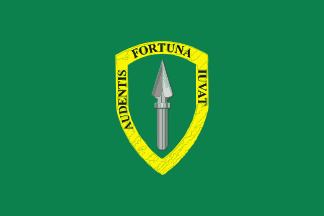
Although the corps is commanded by a British Army lieutenant-general, the corps is no longer a purely British formation. The UK is the 'framework nation' and provides about 80% of the funding and 60% of the staff for the HQ. The remaining 40% of the staff are made up of a further 14 Partner Nations.

ARRC took command of the International Security Assistance Force in Afghanistan on 4 May 2006 and then relocated from Rheindahlen to Imjin Barracks, outside Gloucester in England, in 2010 before deploying to support the ISAF Joint Command Headquarters in Afghanistan in 2011.
Structure
Currently (September 2015) the structure of HQ ARRC is as follows:
The deployable headquarters infrastructure and communications for HQ ARRC is provided by the 1st Signal Brigade under the Army 2020 concept.
Recent Commanders
Recent commanders have included:
